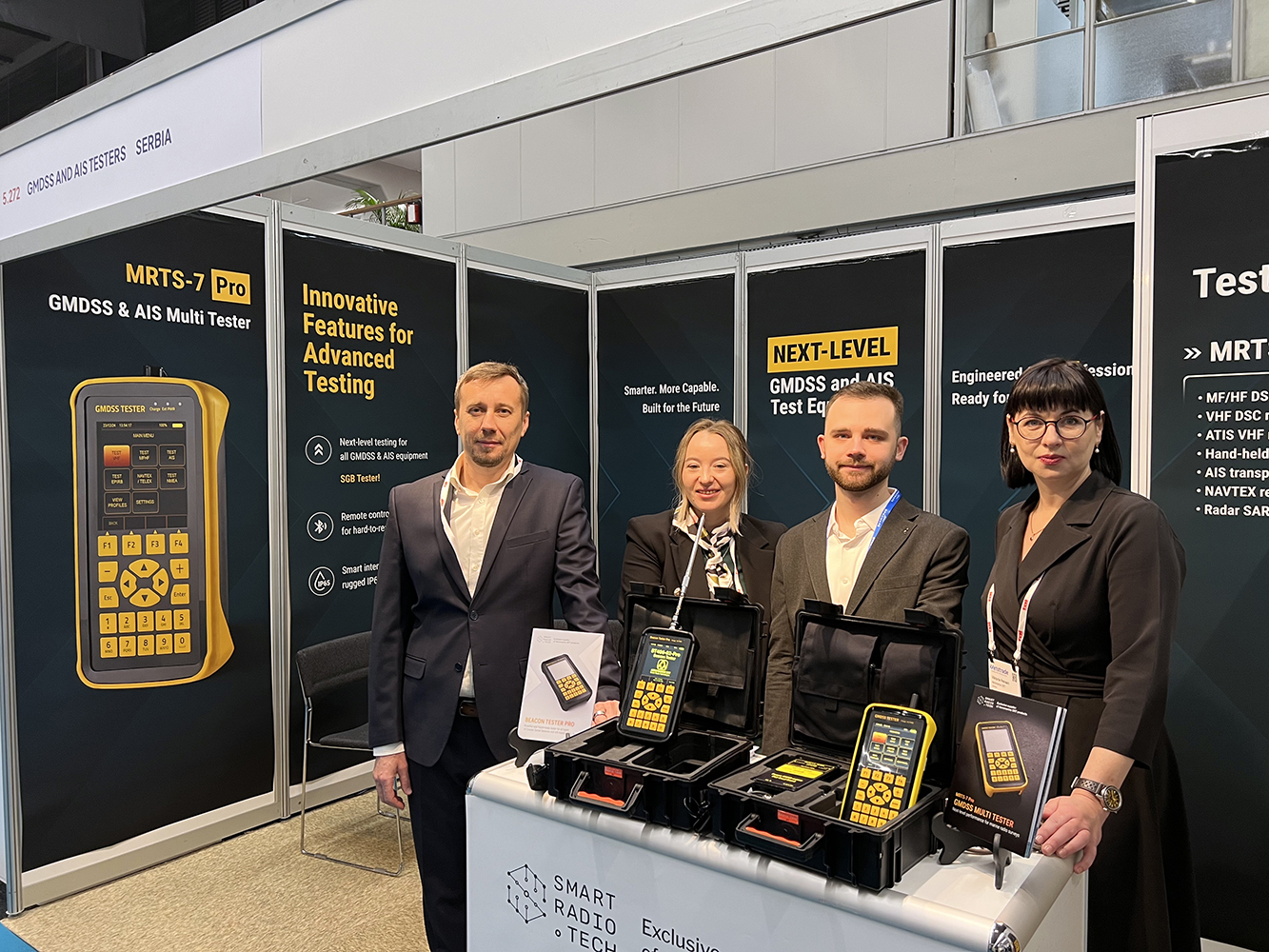Evolution of testers for GMDSS radio equipment
“One test is worth a thousand expert opinions”
GMDSS and its role in maritime security
The protection of human life at sea has reached a new level over the past three decades, - since 1992, the phased implementation of the GMDSS (the Global Maritime Distress and Safety System), developed by International Maritime Organization (IMO), began. The principles of the GMDSS are defined by the Regulations of Chapter IV of the International Convention SOLAS-74, as amended in 1988.
By this time, satellite communication systems were widely used, providing fast and reliable communication regardless of distance, as well as narrow-band direct printing telegraph equipment, which replaced the Morse code. A digital selective calling system (DSC) was developed, which made it possible to turn away from keeping a listening watch on the VHF channel 16 (156,8 MHz) and MF frequency 2182 kHz.
By 1999, all vessels falling under the SOLAS convention (passenger vessels, as well as all cargo vessels over 300 gross tonnage) had been re-equipped in accordance with the requirements of the GMDSS.
Thus, the types of radio equipment that should be installed on modern vessels are as follows (depending on the sea area):
-
406 MHz EPIRB (Emergency Position-Indicating Radio Beacon)
-
NAVTEX receiver (NAVigational TELex)
-
MF/HF radio with DSC
-
VHF radio with DSC
-
two-way VHF portable radio
-
Radar-SART (Search and Rescue Transponder)
-
INMARSAT-C
Since AIS is also an important part of the global maritime security, we have included this system in our review.
-
AIS stations (Automatic Identification System)
The International Maritime Organization (IMO) requires all GMDSS and AIS equipment be regularly tested (including instrumental measurements of the frequency and power level) and maintained. So the need to create portable test devices to verify the correct operation of the above types of equipment became obvious.
The checks of the maritime radio equipment performance are called "radio inspections/radio surveys” and are carried out by qualified specialists, radio surveyors. They should have appropriate technical background, adequate knowledge of the associated performance standards, and ITU Radio Regulations. The radio survey should be carried out using suitable test equipment capable of performing all relevant measurements required by the Guidelines (“IMO Resolution A.1120(30) - Survey guidelines under the harmonized system of survey and certification (HSSC), 2017”).
Types of testers for maritime radio equipment
Depending on the types of maritime radio equipment being tested the following types of devices can be identified:
-
EPIRB testers
-
MF/HF/VHF testers
-
SART testers
-
AIS testers
-
GMDSS multi testers
In our review, we will follow the evolution of each type of testers. You’ll know what the first testers were like, what their special features were, and, of course, which testers are available on the modern market.
Part 1. Evolution of EPIRB testers
Part 2. Evolution of GMDSS MF/HF/VHF testers
Part 3. Evolution of SART testers
Part 4. Evolution of AIS testers
Part 5. Evolution of GMDSS multi testers





Be the first to comment